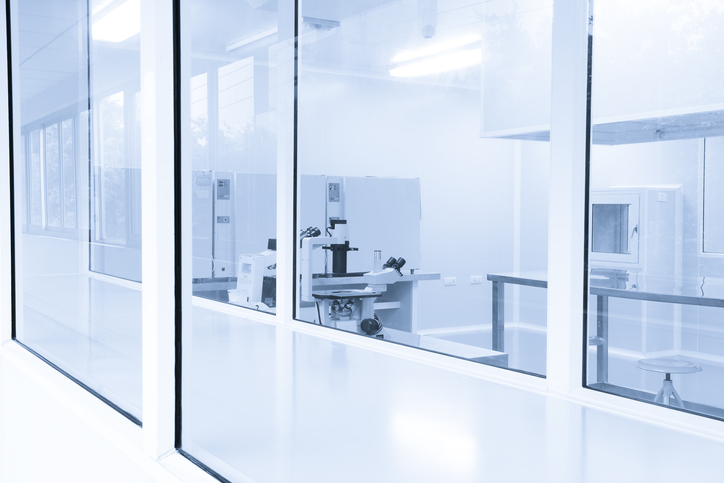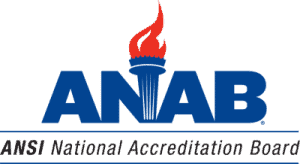Impact of the ISO/IEC 17025:2017 Transition, Part 6

This is the final post about the transition to ISO/IEC 17025:2017, General requirements for the competence of testing and calibration laboratories.
To recap, our first post on ISO/IEC 17025:2017 provided an overview. In part 2, we discussed clauses 3 through 5, covering terms and definitions, general requirements, and structural requirements. Part 3 focused on resource requirements detailed in clause 6. Part 4 was about process requirements. In part 5, we turned to management system requirements. Here, we wrap up the series with a brief discussion of transition considerations.
Transition Considerations
For accredited laboratories and accreditation body members of the International Laboratory Accreditation Cooperation (ILAC) – which provides oversight for bodies offering accreditation for laboratories, there is a three-year period for implementation of the revised standard. Laboratories should check with their accreditation bodies for the transition timeline.
ILAC will not recognize any accreditations to the 2005 version of the standard after the three-year transition period. If a laboratory chooses not to conform to the new standard, it will no longer be eligible for accreditation by an accrediting body recognized by ILAC.
While accreditation bodies must assess all laboratories to the new standard by the end of 2020, this doesn’t mean laboratories should wait to make changes. Laboratories should develop a strategy to initiate the transition process as soon as practicable.
The steps to a successful transition are as follows:
- Develop a schedule that aligns with the transition plan of your accreditation body.
- Train laboratory personnel responsible for transition and implementation on the new standard.
- Conduct a gap analysis between the current management system and the requirements in the revised standard.
- Update management system documentation. This includes updates to existing policies and procedures as required, plus the removal, modification, and/or addition of policies and procedures.
- Create and execute a training plan for the laboratory personnel.
- Implement the revised management system.
We hope you’ve found this series of posts helpful as you make your transition to ISO/IEC 17025:2017!
Get Your Laboratory Accredited to ISO/IEC 17025
If you are interested in moving your organization toward global recognition, consistent operations, and a competitive advantage, you can learn more about ANAB ISO/IEC 17025 Laboratory Accreditation here.






